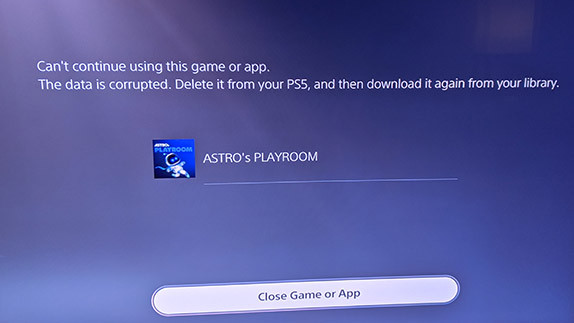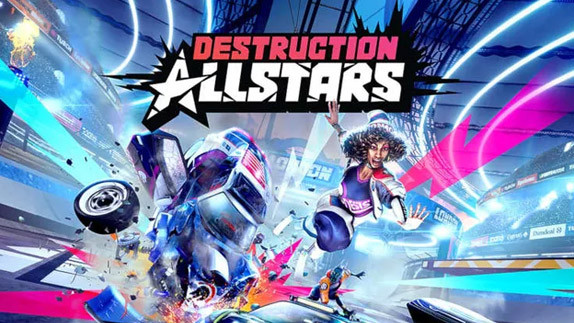Space Engineers Preview – In Space No One Can Hear You Build
 By Kevin Mitchell
Posted on August 23, 2014
By Kevin Mitchell
Posted on August 23, 2014
A long time ago, in a hose not to far away, I grew up watching Star Wars and numerous other television shows and movies relating to space and science fiction. Space has been and always will be a great interest to me, and has been the backdrop for some of the most iconic video games in history (asteroids anyone?). With close to a million copies already sold through Steam Early Access, developer Keen Software House has engaged the warp drive an has no end in site for the space-based sandbox hit Space Engineers.
Still in Early Access on Steam, Space Engineers allows you to build entire space stations, spaceships, constructs and anything else you can imagine using the their in-house game engine VRAGE 2. You may be using blocks to build, but the unprecedented interaction and control is what separatesSpace Engineers from any other sandbox title. Space Engineers is not a simple Minecraft clone in space. You aren’t just building a block-by-block recreation of the Millennium Falcon; you are piloting it through asteroids, docking with custom made space stations, engaging other spaceships and more than likely, crashing into your friend’s ship head-on.
Space Engineers has grown tremendously since the initial pre-alpha release on Steam last year. Players were able to mess around in the single-player only creative mode, but six months later Keen Software Hours added fully feature multiplayer and a survival mode. Since installing the game, I don’t think a week has gone by without an influx of bug fixes and/or additional content. As with the large majority of sandbox games, it takes take some time to get acclimated to the controls and the creation platform. Controlling your space engineer (or astronaut) is simple, with quick bursts from your jet pack; you are able to ensure safe travel in and around the floating asteroids and anything else you come across. The bigger complications arise when you take your first step to building your very own spaceship.
In creative mode, you are free to build with an unlimited amount of resources, materials, as well as remain impervious to harm. This includes crashing your ship, incoming meteors or anything other players can use to attack. The newer survival mode requires asteroids to be mined and turned into usable materials in order to construct anything. Similar to survival mode in Minecraft and Don’t Starve, death is a possibility. When I was able to coordinate with Marcus and Mike to boot up the game, we found more enjoyment goofing off in the creative mode without having to worry about resource management (or the threat of Marcus). Both modes will entice players, whether you are looking for a more dangerous experience or a light-hearted space exploration adventure with some pals.
The best advice to give a newcomer to the game is to get your hands dirty and start messing around with all the possible options. I found this to be the best way to learn the different types of blocks, weapons and objects that can be placed. Opening your build menu, you are giving a list of everything that can be used, with the options to begin a small or large ship or a new station. Not getting ahead of ourselves, we each planned to build our first small ship. Items and materials can be dragged to your hot bar, allowing quick access to multiple objects with a single key press.
There are basic construction blocks that will be the core of your ship, imagine these as the steel girders of a new skyscraper. Objects will automatically adjust in size depending on what is being constructed and everything can be rotated and flipped before being placed. If the default gray tone of your spaceship is too dull, try changing to one of the bright color options. Regardless of the type of ship you are building, all of them require the same key components; a cockpit/pilot seat, one or more reactors to power the ship and thrusters for mobility. All of us learned the hard way that gyroscopes must be used, unless you want to spin uncontrollable as soon as you disengage the landing gear. Not that I had this happen on one of more occasion.
The term “blocks” may seem simplified, but the amount of detail you are able to add both the interior and exterior of a ship is outstanding. Once we got a good grasp on the basic mechanics, the three of us decided to co-build a large ship together, complete with a massive cockpit for all three of us to get comfortable in, a massive reactor room, a couple dozen thrusters, and a fully fleshed out interior that would stand up to any sci-fi movie from the last 10 years. Without a blueprint, we took advantage of the symmetry mechanics, allowing us to split the ship in half, giving us a guideline to ensure both sides are equal.
Multiplayer moments like this is where Space Engineers truly shines, that is until Marcus decided to betray us and fly off with the ship during construction. I got the last laugh, as I was in perfect position to remove pieces of the ship while he was making his getaway. Without a reactor he was left floating in the vast nothingness of space. A couple warheads and a well-placed burst from the assault rifle instantly vaporized the spaceship.
Space Engineers shows tremendous promise, and Keen Software House should be commended for listening to player feedback and constantly adding new updates to the game. We have only briefly touched upon the sheer amount of content that is already in the game. I can’t wait to start building more advanced machinery with moveable pistons and rotating parts. Through Steam Workshop, you can download and import your favorite science fiction spaceships and more. As a Star Wars fanatic, I was ecstatic at the amount of ships available, including a recreation of the Battle of Hoth, complete with AT-AT’s and flyable T-47 airspeeders. As long as we can keep Marcus in check, Space Engineers will be a staple on all of our Steam game lists for the foreseeable future.





